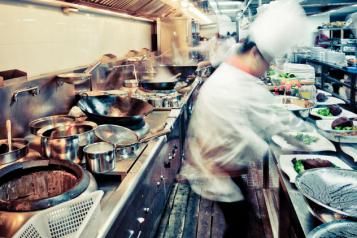AI optimises manufacturing line clearance operations
Objective
Optimise data collection processes to reduce time and cost without compromising quality standards in manufacturing
Technology
AI for visual inspection + Machine learning + Contamination detection + Line clearance + Environmental monitoring
Industry
Pharmaceuticals + Food and Beverage Production + Medical Device Manufacturing + Nutraceuticals and Dietary Supplements
Maximising manufacturing efficiency: production line clearance optimisation to enhance quality assurance and save time
Manufacturing industries producing food, medicine, and household consumables have a critical responsibility to maintain proper line clearance. This practice ensures that equipment and work areas are free from products and materials used in previous production phases, as well as foreign objects and contaminants.
Failure to ensure proper line clearance can lead to serious health hazards for consumers, jeopardising public health and resulting in legal issues, financial losses, and damage to the brand’s reputation. According to a CXV Global survey of 30 pharmaceutical professionals, 100% of respondents experienced a line clearance error in 2021, and 96% stated that their current line clearing process takes more than 60 minutes. Therefore, adhering to Good Manufacturing Practices (GMP) in regulated industries and meeting FDA requirements, specifically Title 21, which mandates written equipment cleaning and maintenance procedures, is crucial to prevent these issues and maintain consumer trust.
However, standard manufacturing line-clearing inspection methods, which rely heavily on human inspections and traditional AI computer vision technology, have failed to meet modern manufacturing demands. Manual inspection of production lines that exceed 250 meters can be tiring, inconsistent, and prone to errors. While conventional AI models can aid the process, they may lack sophistication and adaptability, resulting in expensive and time-consuming outcomes. Moreover, original AI models often struggle with model drift and are challenged by refining and adapting technology to evolving production environments. This is the gap Aicaidum aims to bridge, offering a solution to production flow clearance challenges.
Areas of focus
Aicadium View™, an AI-driven computer vision application, sets itself apart from traditional AI approaches by harnessing pre-trained models, continuous learning, and unique proprietary machine learning techniques. Unlike conventional AI methods relying on extensive visual data sets and fixed algorithms, with time-consuming and costly data collection, Aicadium View minimises the need for extensive pre-work, providing easy model traceability and real-time fine-tuning. Its efficiency enables quicker application deployment and seamless integration into existing manufacturing processes while reducing biases inherent in traditional AI models.
Manufacturing Line Clearance Optimisation
Leveraging portable cameras and unique AI algorithms enhances foreign object detection and environmental condition analysis, ensuring a thorough and efficient line-clearing process. The system is designed to seamlessly integrate into operators’ workflows, making inspections streamlined and user-friendly and allowing operators to navigate the inspection process easily.
This optimisation process marks a significant advancement in operational effectiveness and accuracy, with key features including:
Foreign object inspection for detecting any leftover items that may contaminate the production process.
Aicadium’s innovative AI solution minimises model drift and streamlines data collection efforts.
Alerting systems are designed to ensure no sections are missed during inspection.
Multiple user access ensures traceability and clear inspection responsibilities.
Rescan capability for double-checking clearance after contamination removal.
Report generation to highlight covered and missed areas and contamination statuses.
Our approach
Our team’s expertise and experience in continuous machine learning and model refinement have uniquely positioned us to offer a comprehensive end-to-end solution for operational line clearance. In contrast to typical AI approaches that involve a lengthy and costly process of manual video labelling and model training and refinement, Aicadium adopts a different route. We leverage a foundation model that learns from diverse data sources, compressing the time needed for labelling and model creation steps. This solution distils a large, complex model into a smaller, easy-to-deploy version. This streamlined method saves time and enhances efficiency.
The true innovation, however, is in our model’s ability to learn continuously – it evolves over time, effortlessly adapting to new data and experiences. This feature prevents model drift and ensures sustained accuracy, which is critical for line clearance in manufacturing, particularly when each operation involves different production stages. Our fully integrated data pipeline engineering encompasses everything from data extraction and foundation model fine-tuning to system deployment. This offers real-time adaptability, efficiency gains, and confident decision-making, effectively bridging the gap between data and deployment.
Aicadium impact
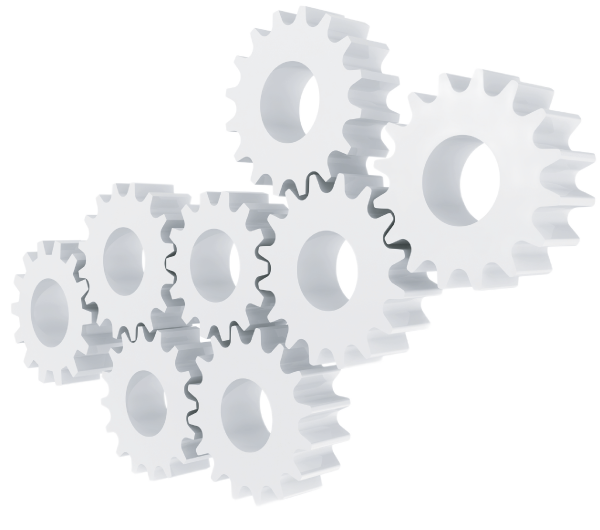
Aicadium View is an application designed to tackle various inspection challenges, including optimised manufacturing line clearance. It meets the industry’s pressing needs by refining operational efficiency, reducing labour expenses, and ensuring product integrity.
We empower operators to manage line-clearing tasks efficiently, from foreign object detection to environmental monitoring, driving productivity and profitability. Additionally, Aicadium helps to save time and money by simplifying data collection processes without compromising on quality standards, making it an essential tool for modern manufacturing.
Traditional AI Process
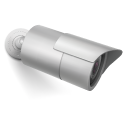
01
Visual data
extraction
02
Video
labeling
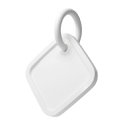

03
Model
creation
04
Bench-
marking
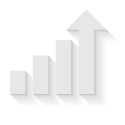
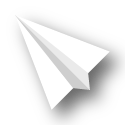
05
Ready for
deployment
Aicadium Continuous Learning Process
Continuous learning


01
Visual data
extraction

02
Foundation
Model
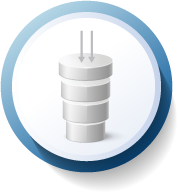
Distillation

03
Bench-
marking

04
Ready for
deployment




